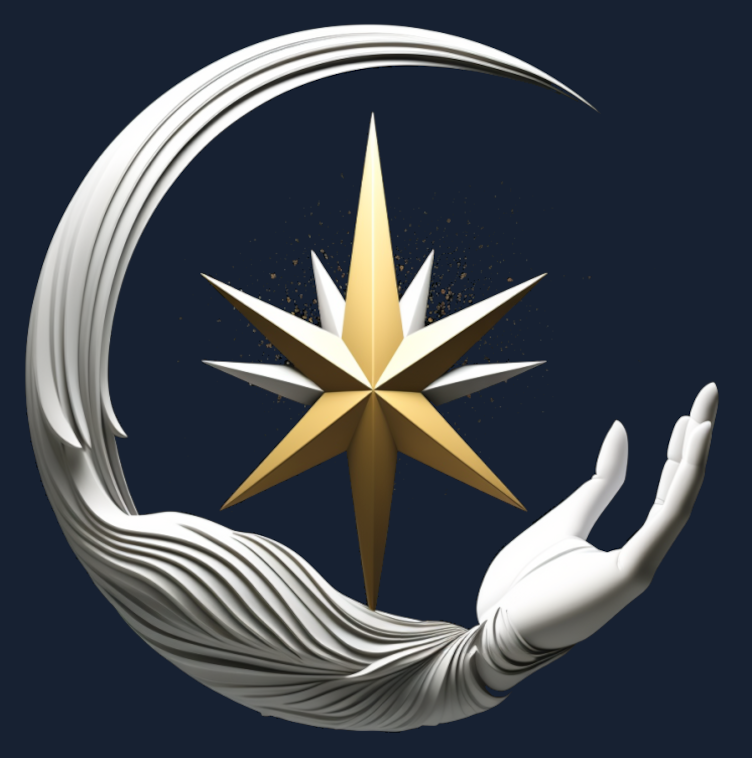Explore 2079 in Starholder: Cloned humans on lunar colonies, born of alien technology, challenge our understanding of identity and humanity, igniting debates on rights, existence, and what it truly means to be human.

The Year In Review:
The year 2079 in the Starholder timeline marks a profound transformation in human self-perception and societal dynamics, driven by the deepening impact of the Second Moon and the unsettling revelations associated with what has come to be known as the Clone Epoch. This year underscores an era where the boundaries of humanity are challenged, not only by the possibilities of cloning but by the integration of alien technology into the very fabric of human existence.
The unsettling discovery that surfaces this year, now famously termed as “The Clonespiracy,” reveals that the alien technology associated with the Second Moon has been utilized to create cloned human populations within lunar colonies. This revelation sends shockwaves through society, challenging the foundational understanding of what it means to be human. As these cloned beings, possibly modified or enhanced through alien technology, begin to populate and function within human-designed ecosystems on the Moon, existential questions proliferate: If our genetic doubles exist off-world, what does that make us? Are we now mere templates, replicated and perhaps improved upon?
These cloned populations, living under the stoic glare of the Second Moon, symbolize not just a scientific breakthrough but a pivotal philosophical quandary. The existence of clones, potentially with altered or enhanced capabilities, prompts a global debate on identity, consciousness, and the rights of beings who, though human in form, were born of extraterrestrial technological intervention. The ethicists, theologians, and the general public grapple with the implications: Does the genesis of these clones through alien tech imbue them with the same rights and responsibilities as naturally born humans? Where do we draw the line between human and post-human, and who decides?
Further complicating these questions are the legal and political ramifications. The governance of lunar colonies, previously a straightforward if ambitious extension of Earth-based political systems, becomes fraught with complexity. Jurisdictions struggle to accommodate these new populations, whose very existence challenges existing laws that define citizenship, human rights, and personal autonomy.
The psychological impact on Earth’s populace is profound and varied. For some, the clones represent a threatening otherness, an uncanny echo of themselves that undermines their sense of uniqueness and identity. For others, the clones are pioneers, the next step in human evolution, harbingers of a future where humanity transcends its biological and terrestrial origins.
As 2079 folds into history, the ongoing interactions between Earth, its moon, and the mysterious Second Moon continue to unravel layers of complexity about existence. Society is left to navigate a future where the very essence of human life is continually redefined, confronting radical innovations that promise to reshape not just how humanity lives, but fundamentally, what it means to be human.
Articles and Topics:
- The Clonespiracy2079: The Legacy of the Second Moon and the Dawn of the Clone Epoch As the year 2079 drew its first breath, the tapestry of humankind unfurled beneath the stoic glare of the Second Moon, a celestial interloper whose ominous presence had suffused Earth’s orbit for nearly a decade. The revelations that sprang forth like a maelstrom from …
